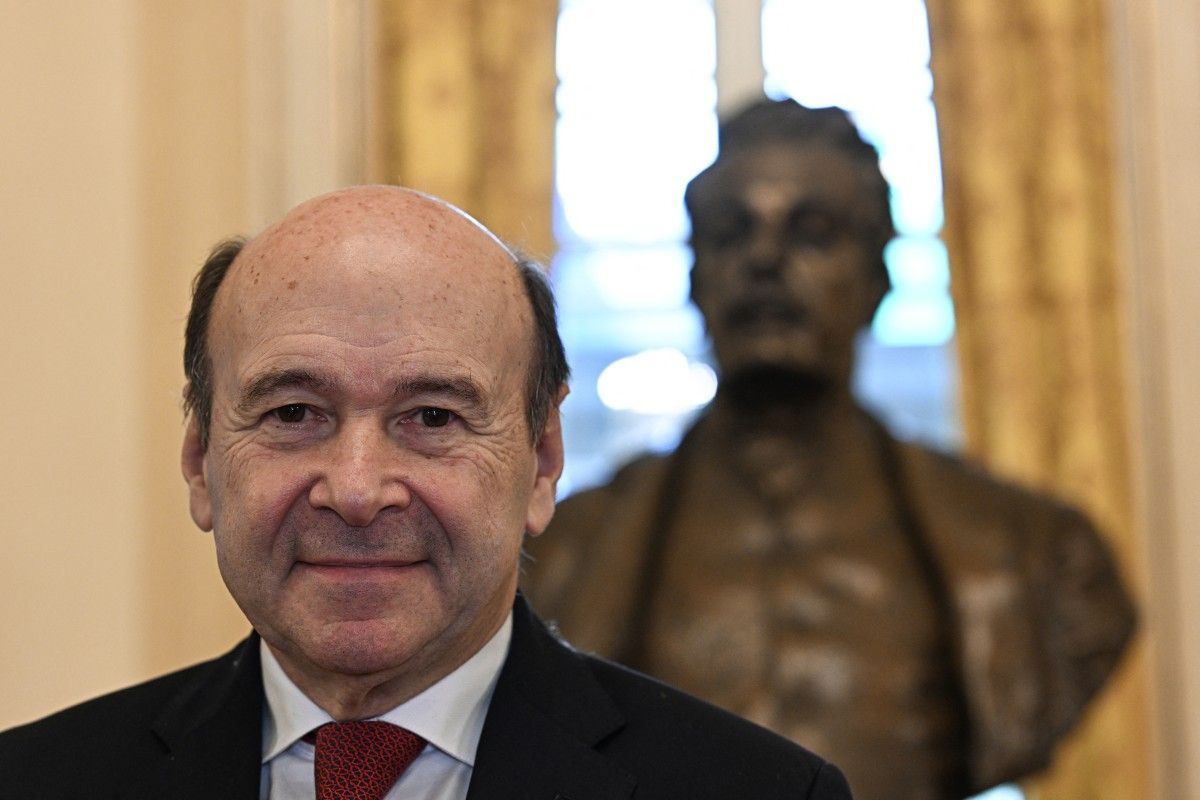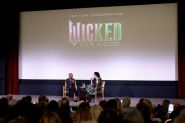
An exhibition at La Scala in Milan, titled Puccini – Opera Meets New Media, explores the legacy of Giacomo Puccini, revealing how 20th-century media influenced the global reach of his works. The showcase features unique artifacts and commemorates the centenary of his death.
Giacomo Puccini, the genius of Italian opera, is the subject of a captivating exhibition at La Scala in Milan, revealing the influence of the emerging media of the 20th century, such as records and cinema, on the global dissemination of his works. Titled Puccini – Opera Meets New Media, the exhibition revisits the emergence of the "Puccini brand" and explores how the rise of the gramophone and sound recording brought opera into homes.
Brand Image
According to Gabriele Dotto, curator of the exhibition, technological innovations redefined musical culture. "In just a few years, record sales quadrupled," he stated, contributing to the democratization of access to opera. By enabling people to listen to great singers like Enrico Caruso at home, the gramophone played a crucial role in spreading a repertoire previously reserved for prestigious venues. Puccini and his publisher, Ricordi, capitalized on this turning point to transform the composer into an international figure, employing unprecedented marketing campaigns for the time, featuring posters and postcards, thus initiating the concept of brand image.
For Dominique Meyer, former director of La Scala, the exhibition reveals an unfamiliar side of Puccini, one that was responsive to new communication strategies. "In this exhibition, we discover aspects of Puccini's personality that we didn't know, such as his interest in marketing," he notes, adding that his works initially faced significant challenges. Indeed, most of his early productions were notable failures, derided by critics. However, he quickly became a superstar as "the public took over," Mr. Meyer adds.
A Living Source of History
The exhibition also commemorates the centenary of Puccini's death and showcases unique documents from the historical archives of Ricordi, now owned by Bertelsmann. According to Pierluigi Ledda, director of the Archivio Storico Ricordi, these archives are not mere relics, but a living source of musical history. Among the treasures displayed are sketches of the unfinished final duet from Turandot and handwritten notes of captivating complexity, intriguing opera enthusiasts.
One of the exhibition's highlights is a sumptuous blue velvet tunic adorned with golden embroidery. This was the costume worn by the legendary soprano Birgit Nilsson during a performance of Turandot at La Scala in 1958-1959. This opera symbol illustrates the meticulousness and extravagance of Puccini's productions, which captivated audiences.
Art and Innovation
In a darkened room, the iconic arias from Tosca, La Bohème, and Manon Lescaut resonate, derived from the earliest recordings of the time, offering an auditory immersion into the repertoire of the Italian master. Black-and-white photographs trace his travels to Buenos Aires and New York, where he popularized his works among fascinated audiences.
Silent film complements this multimedia exploration, notably referencing the adaptation of Madame Butterfly featuring Mary Pickford. To pay tribute to both the man and the artist, the exhibition even utilizes artificial intelligence to create a 3D portrait of Puccini and recreate period settings.
The exhibition runs until January 12 at the Museo alla Scala, following a spring presentation at Bertelsmann's premises in Berlin. Through this immersive journey, La Scala sheds new light on how Puccini, well before the modern era, managed to blend art and innovation to capture a global audience.
With AFP



Comments